4 Factors Determining the Trail Blazers’ Next Move
General Manager Joe Cronin and the Portland Trail Blazers front office staff are likely breathing a sigh of relief in mid-August of 2025, proud of an active and varied summer, enjoying some hard-earned rest in the dog days of the offseason. Blazers fans are fairly happy too, looking forward to a new season with a stirring of heart and anticipation not seen in Portland for several years.
Not everybody is ready to rest on laurels, however. The Blazers have made significant moves but they’re not a complete roster yet, let alone one ready to contend. What comes next for Cronin and company? That’s the subject of today’s Blazer’s Edge Mailbag.
By Blazers standards, this was a fairly active transaction window. We acquired Jrue via trade, drafted Yang (after a trade), signed Dame, and then finished things off by signing Blake Wesley… FOUR new players! Ok maybe that’s not as active as I thought but at least it FEELS that way. Assuming Joe is done making moves this summer, what do you think will be the next one? When do you think it’ll be?
I suppose new ownership could change the way the team has been managed but it’s tough to draw many conclusions until we see Dundon in action. Sounds like winning is the new objective according (in different ways) to Tom, Joe, and Chauncey so it doesn’t feel like salary cap saving moves are in our future.
Do you have a shortlist of guys you like that the Blazers could realistically acquire? Is there one dream trade scenario that would send you over the moon?
Let’s rule out any scenario where the Blazers fall flat on their face. That’d be no fun. Let’s assume that the team reasonably improves from last year.
I have a hard time with naming prospective players sometimes, simply because we don’t know who’s really available. Plus there’s an added complication with Portland’s roster as it stands. Question marks dot the landscape like daisies in a Hallmark card. We don’t know entirely what Portland needs until we’ve seen this roster play together. Naming specific targets without understanding what we need those targets to do is dicey.
I’ll run a Part 2 to this question tomorrow and get granular with players who could help the squad, but for now, let’s highlight the inverse reality of the situation right now. The next move might not depend on external factors (who’s available and who could help) as much as internal ones (who’s actually fulfilling roles and where are the gaps). Given that, here are four questions that could well determine Portland’s future.
How Healthy is Robert Williams?
This goes in the “duh” department, but it’s always worth mentioning. The Blazers now have a surfeit of young centers. Robert Williams III is only 28, but that’s positively ancient beside 21-year-old Donovan Clingan and 20-year-old Yang Hansen. Williams is a great mentor even if he doesn’t play, but he’s also on the last year of his contract. Odds are a contending team or two would be willing to trade for the veteran. If the Blazers don’t plan to re-up him, swapping for longer-term assets is a no-brainer.
The problem, of course, is that Williams played 61 games for the Boston Celtics during the 2021-22 season followed by 61 games total in the next three seasons combined. Nobody is going to make a move for a player averaging 20 games per season. If Williams can’t show that he’s more than a cap paperweight his trade value will be limited to contract ballast.
This is likely the #1 issue governing Portland’s trade season. A productive Williams opens up more realistic possibilities than any other player on the roster. The injured version takes the Blazers into the season with one hand tied behind their back.
Can Jerami Grant Shoot 40% from Distance?
Jerami Grant presents a Williams-like problem, just in a different way. With Toumani Camara and Deni Avdija on board, Grant’s former starting position at forward is no longer secure. The 31-year-old has been a good, sometimes great, player throughout most of his 11-year career, but his production took a serious nosedive last season. He shot a rotten 37.3% from the floor, a pedestrian 36.5% from the three-point arc. The latter mark came after two seasons firing 40% from that range.
The market for Grant could potentially get hot again despite a long-term contract. $34 million per year isn’t bank-breaking considering the new leaguewide broadcast rights deal and the rising salary cap coming in its wake. But unless Grant’s accuracy comes back up, there’s no way anybody is taking a chance on him.
If the former sharpshooter can regain his 40% form, his two-way potential starts to shine again and contenders might consider taking a swing. That factor alone could change Grant’s value from a net negative to a positive on the trade market. But he’d have to do it early and consistently during the first part of the season. Another year like 2024-25 and he’s likely to be a Blazer for life.
Is Jrue Holiday Long-Term?
Jrue Holiday was one of Portland’s big trade acquisitions this summer. At the time the Blazers swore up and down that they got him in order to play him. They’re still singing that tune. But in a story that should now sound familiar, Holiday is 35 and playing behind two of the brightest hopes for the future in Scoot Henderson and Shaedon Sharpe. How much value will he bring to the roster if both of those young guards excel? It’ll be significant, but probably not enough to push the Blazers into contention. And if they’re not going to contend, why keep an aging veteran if somebody else wants him and will pay for the privilege?
Holiday’s contract is as big and long as Grant’s, but Holiday is four years older. That complicates the matter. Given his drop in production from his peak years–somewhat likely to continue, given his position with the team–it’s not likely that the Blazers will be able to sit on Jrue and make a trade in the future. If they’re going to pull the trigger, it might have to be now.
Assuming Holiday still has value, the Blazers will need to decide what serves their needs best. Jrue doesn’t have to do much of anything to help the decision. This will be a philosophical front office call. How they make it could determine how active the Blazers are at the trade deadline.
Does Scoot Henderson Excel?
So far we’ve only talked about veterans, but question marks extend down to the younger regions of the roster as well. Perhaps none is bigger than 2023 third-overall pick Scoot Henderson. The point guard had a disastrous rookie season. He rebounded for an adequate sophomore campaign. Blazers Head Coach Chauncey Billups has indicated that he expects Henderson to have a breakout year. If that happens, many questions will be answered and the Blazers can now double back to that Jrue Holiday issue above. But what if it doesn’t?
If Henderson fails to develop fully, letting him get into his fourth season might not be a great idea. If a potential trade partner knows they have a year and a half to rehabilitate the presumed star at a cheap price, he might be an attractive project. The closer he gets to a contract decision with issues still open, the less appealing he becomes. At that point, why wouldn’t other teams just let his rookie contract expire and try to pick him up as a low-price free agent if they wanted him? Or make a modest offer in restricted free agency and see if Portland blinks?
I don’t see Scoot being the main player in a trade. If he’s good, the Blazers probably won’t move him. If he isn’t, he wouldn’t have enough clout to become a pillar for a deal. But he’s probably one of the more interesting side pieces possible, especially for a team that could play him off the bench while pulling the slot machine lever, hoping for a jackpot. He’s a minor factor compared to the three veterans, but it wouldn’t be shocking to see him come into play.
Tomorrow we’ll look at the other end of this equation. In the meantime, if anybody wants to send in a question the address is blazersub@gmail.com. We’ll try to answer as many as possible!
Share this content:


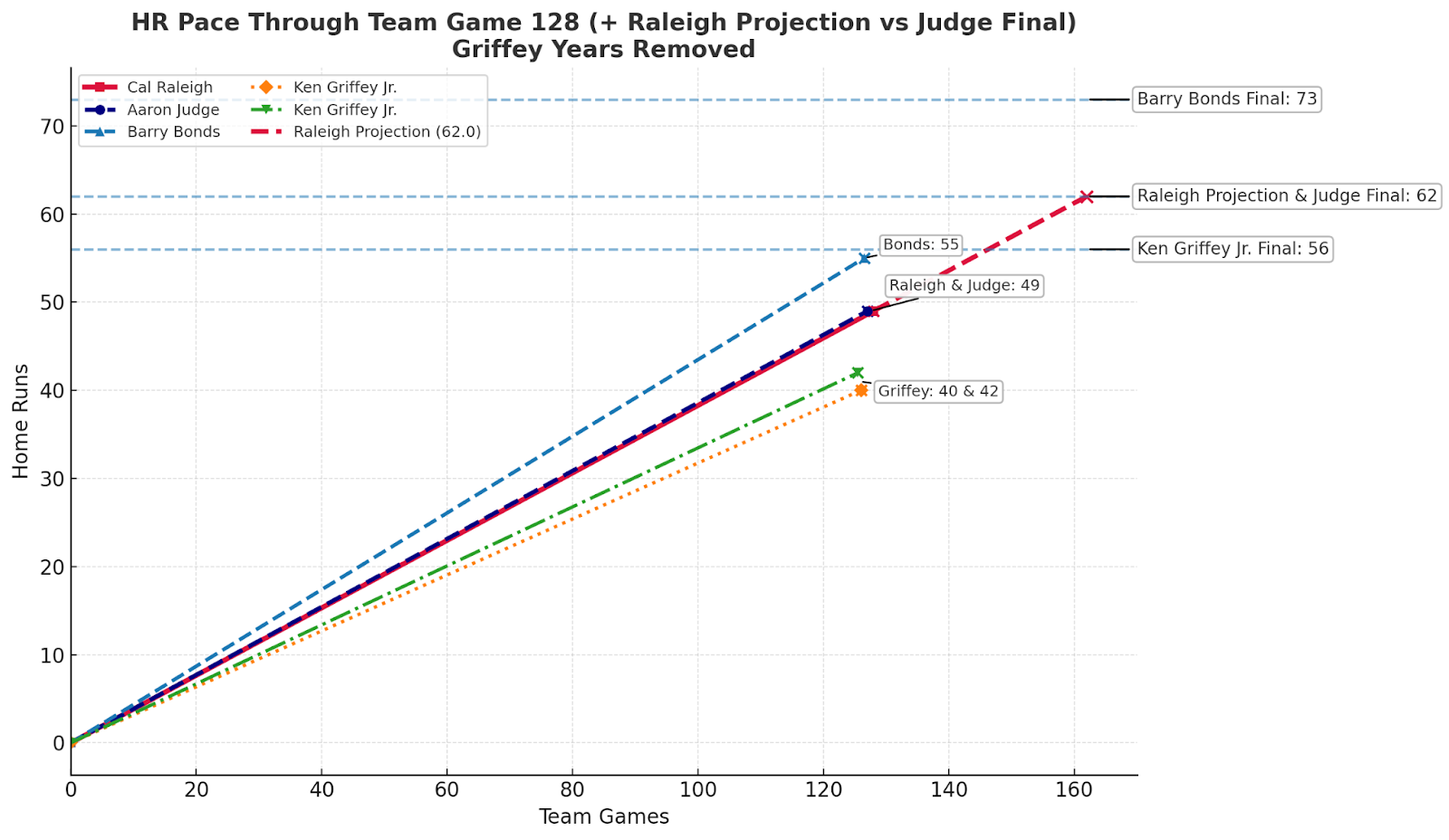
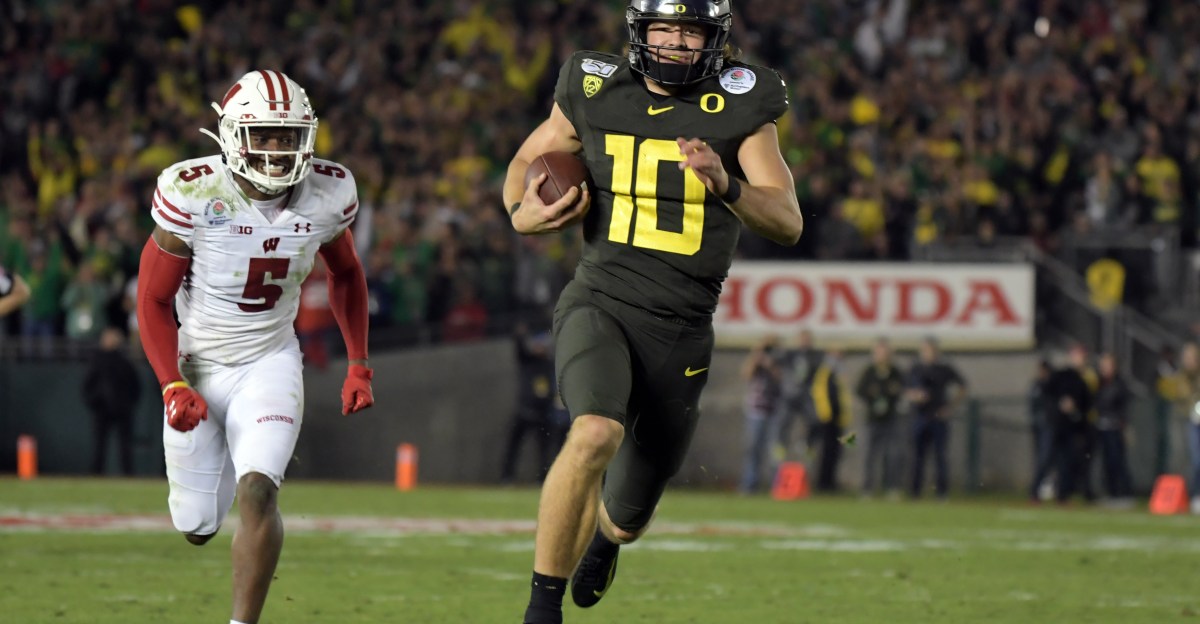
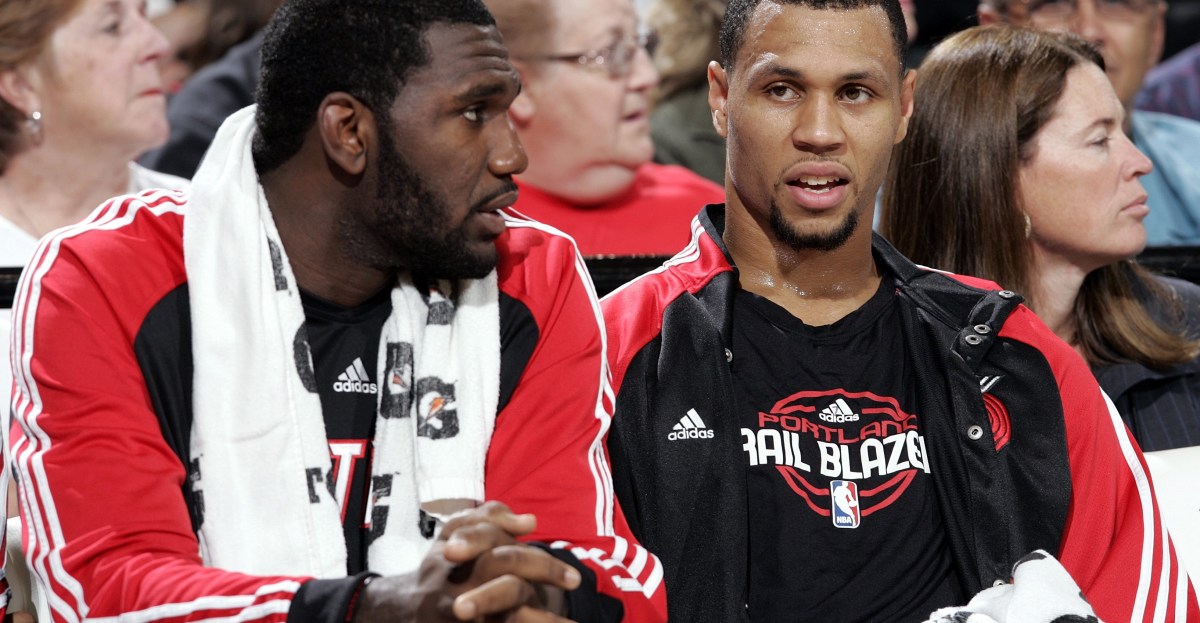

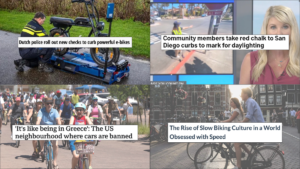
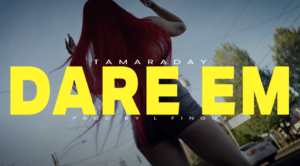
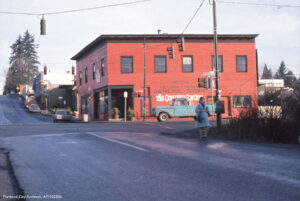

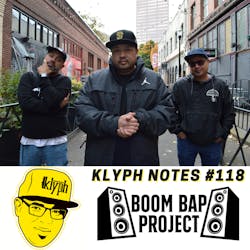
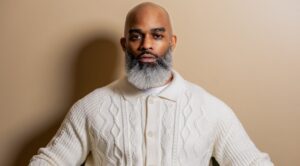
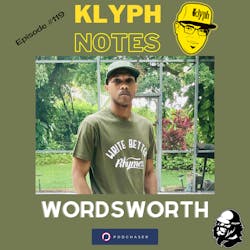
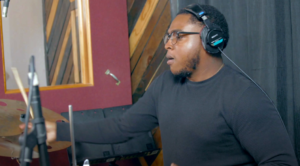

Post Comment